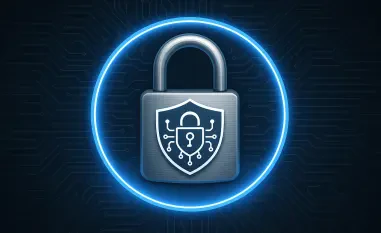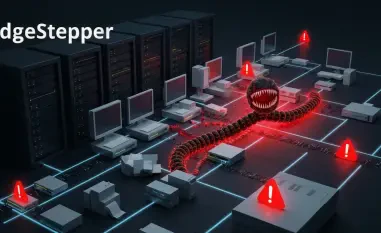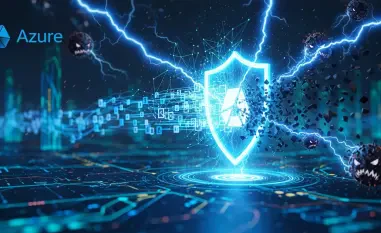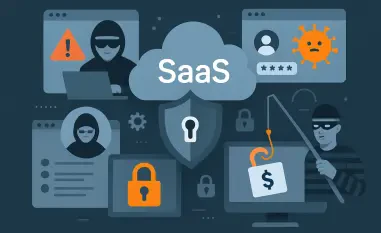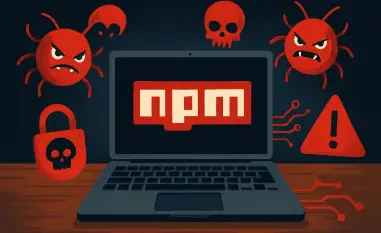In the world of cybersecurity, staying ahead of threats is an ongoing battle. Today, we speak with Malik Haidar, a seasoned expert in this field, known for his work with multinational corporations. Malik discusses the latest threat, CitrixBleed 2, and its implications for businesses worldwide. As an individual with firsthand experience in countering advanced cyber threats, his insights are invaluable for professionals navigating the complex landscape of cybersecurity.
Can you explain the new CitrixBleed 2 vulnerability and how it poses a threat to Citrix NetScaler ADC and Gateway devices?
CitrixBleed 2 is a critical vulnerability that affects Citrix NetScaler ADC and Gateway devices. This flaw allows attackers to execute an out-of-bounds read, which can bypass authentication mechanisms. Importantly, it compromises multifactor authentication systems and enables the hijacking of user sessions, which could lead to unauthorized access and data breaches. This kind of exploit is especially concerning as it directly impacts the integrity of user sessions and the security of network communications.
What are the core differences between CitrixBleed 2 and the original CitrixBleed vulnerability?
While both CitrixBleed 1 and 2 are centered around exploiting authentication mechanisms and session hijacking, CitrixBleed 2 introduces new dimensions by specifically targeting session tokens instead of session cookies. This shift is significant because session tokens are often connected to long-term authentication frameworks like APIs or persistent app sessions, making them more valuable targets for attackers. The bypass in CitrixBleed 2 is also more sophisticated, exploiting the trust placed in these session tokens across various applications.
How does CitrixBleed 2 specifically bypass authentication mechanisms, including multi-factor authentication?
CitrixBleed 2 can sidestep authentication by manipulating session tokens, which are used to verify users’ identities within systems. Unlike simple passwords, these tokens often involve multi-factor authentication processes. By hijacking these tokens, an attacker can bypass these multi-layered defenses without the need for physical access or user involvement, making it a particularly potent threat. This allows them to access multiple sessions simultaneously and potentially spread malicious activities across the network.
Why is session token targeting by CitrixBleed 2 more concerning than session cookie targeting?
Session tokens, unlike cookies, are integral to authentication frameworks such as APIs and the broader user system access. They are designed to be more persistent and less susceptible to frequent renewal or changes. This entrenched nature makes them far more rewarding targets for cybercriminals. When these tokens are compromised, the attacker gains a wider and more profound reach within compromised networks, making the attack harder to detect and mitigate.
What kind of impact can an attacker achieve by exploiting CitrixBleed 2?
An attacker exploiting CitrixBleed 2 can gain unauthorized access to secured environments, potentially causing widespread damage by manipulating sensitive data, disrupting services, or initiating further attacks. The vulnerability opens paths for data theft, ransomware deployment, or unauthorized surveillance within an organization. Such capabilities could result in significant operational, financial, and reputational damage, especially if sensitive customer or business data is involved.
Can you provide details on the CVE-2025-5777 and CVE-2025-5349 vulnerabilities, including their severity scores?
CVE-2025-5777 has been given a critical severity score of 9.3 out of 10, mainly due to its ability to bypass authentication and hijack sessions. On the other hand, CVE-2025-5349 is rated at 8.7, primarily affecting access control mechanisms. Both are considered high risk, impacting specific versions of Citrix NetScaler ADC and Gateway devices and require immediate attention to avoid exploitation.
What versions of Citrix NetScaler ADC and Gateway are vulnerable to CVE-2025-5777 and CVE-2025-5349?
For CVE-2025-5777, the affected versions extend from 14.1 and below up to 47.46, and from 13.1 and below up to 59.19. CVE-2025-5349 affects versions from 14.1 and below 43.56 and from 13.1 and below up to 58.32. It’s crucial for organizations using these versions to update their systems to mitigate potential vulnerabilities.
How is CVE-2025-6543 different from the other vulnerabilities disclosed, and what are its potential effects?
CVE-2025-6543 differs as it involves a memory overflow vulnerability leading to unintended control flow and possible Denial of Service when the device is set up as a Gateway. With a severity score of 9.2, it could disrupt normal operations significantly by crashing services or allowing unauthorized execution paths. Unlike the authentication-based vulnerabilities, this one can affect infrastructure stability directly.
Could you elaborate on the indicators that suggest CVE-2025-5777 is being actively exploited in the wild?
Indicators include observed patterns of session reuse through various IP addresses, including those tied to suspicious activities. Hijacked web sessions without user knowledge reflect MFA bypass activities. The presence of tools like “ADExplorer64.exe” shows that attackers are performing reconnaissance, mapping, and querying domain permissions. Additionally, exploiting consumer VPNs hints at attempts to mask attacker origins by blending in with regular traffic patterns.
How do tools like “ADExplorer64.exe” fit into the overall exploitation process of CitrixBleed 2?
“ADExplorer64.exe” is a tool commonly used for exploring and querying Active Directory environments. In the context of CitrixBleed 2, its presence hints at attackers conducting reconnaissance within compromised networks to identify and exploit domain-level groups and permissions, paving the way for broader infiltration and the execution of malicious activities.
What role do consumer VPN services play in the exploitation activities related to CitrixBleed 2?
Consumer VPNs can obscure an attacker’s true location by routing malicious traffic through seemingly legitimate data-center hosting IPs. This concealment is crucial when maintaining access to compromised networks, helping to avoid triggering alarms tied to unusual geographic access patterns or known threat actor IP spaces, thereby prolonging the duration of the exploit’s effectiveness.
Given the severity scores, what should organizations prioritize when addressing these vulnerabilities?
Organizations should first prioritize immediate patching of the affected versions to prevent initial exploitation. Following this, they should enhance monitoring of network activities to detect suspicious behavior indicative of the vulnerabilities being exploited. It’s also vital to review and bolster authentication mechanisms and possibly implement additional layers of security to counter potential bypasses.
What measures can organizations take to mitigate the risks associated with CitrixBleed 2 and related vulnerabilities?
Prompt application of patches provided by Citrix is essential. Organizations should tighten their network security infrastructure, implementing strict access controls, and continuously monitor for anomalies in user session activities. They should also conduct regular security audits and ensure transparency across authentication processes to identify potential weak spots before they are exploited.
Are there any known groups exploiting these vulnerabilities, and what are their typical strategies?
Several threat actors, including state-sponsored groups and ransomware affiliates, are known to exploit these vulnerabilities. Their strategies often involve silently penetrating networks, mapping sensitive areas, and then moving laterally to maximize data acquisition or disruption capabilities. They focus on maintaining a low profile while gradually escalating their level of access.
How crucial is immediate patching for organizations using the affected Citrix devices?
Immediate patching is highly crucial in preventing potential breaches that could arise from these exploits. Given the high severity of these vulnerabilities and the active exploitation reports, patching becomes a frontline defense measure that helps safeguard against unauthorized access and subsequent security incidents. Delayed patching increases the risk of exposure and potential damage.




